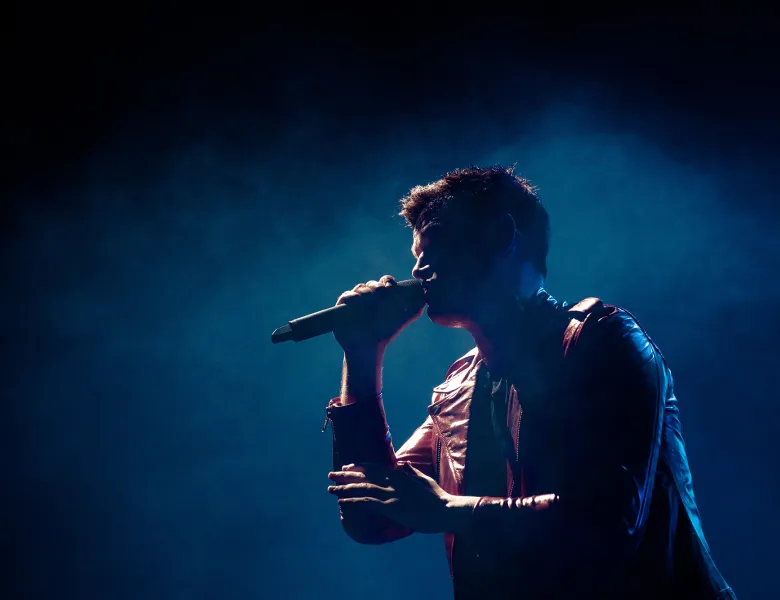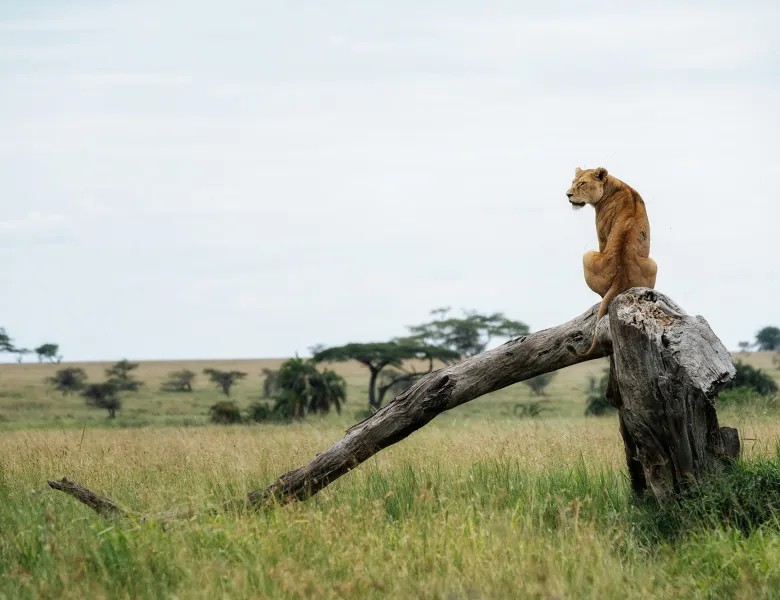Developing your practice: Jorge Miguel Jaime Baez on shooting wedding photography
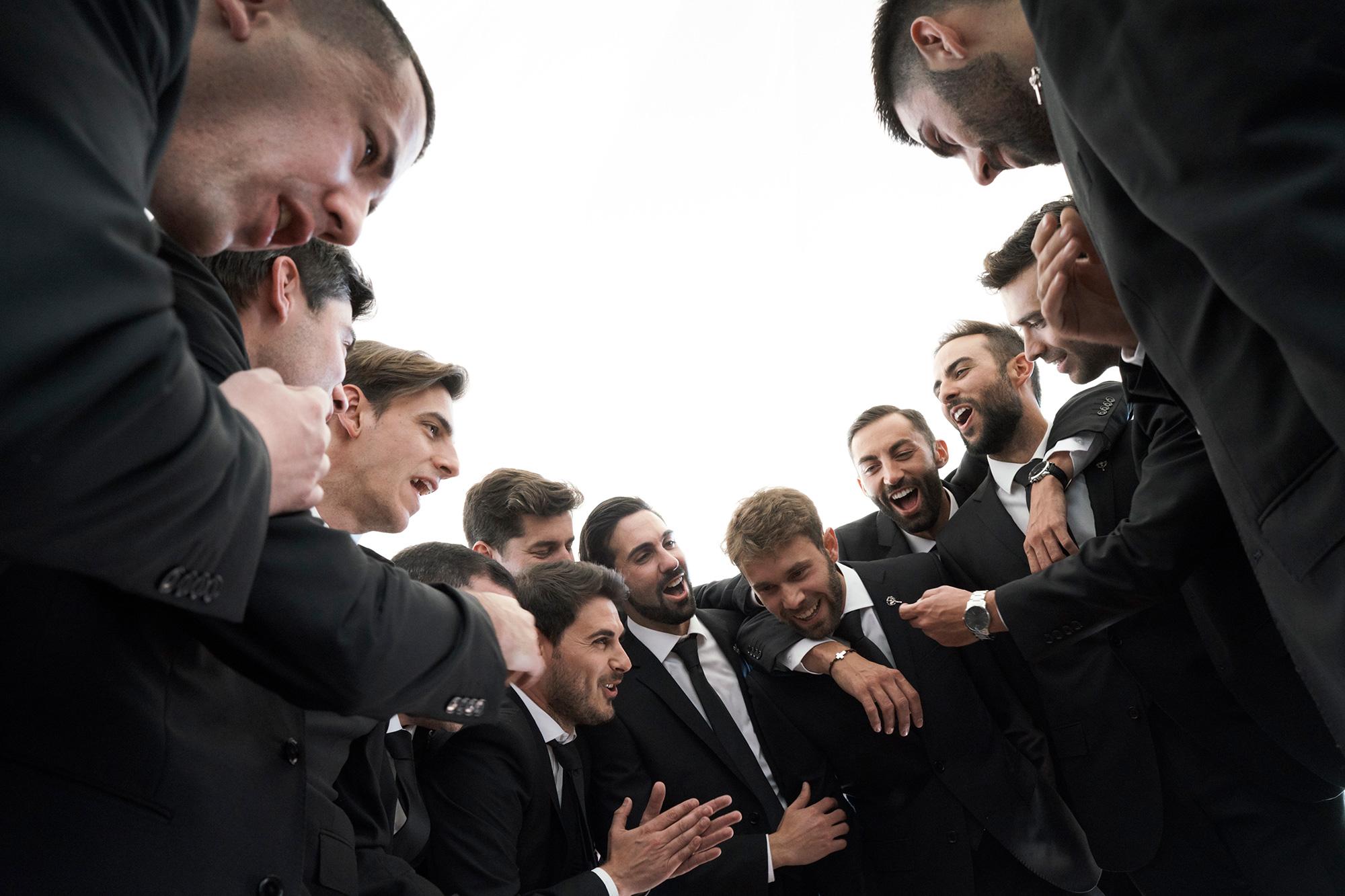
TRUST IS EVERYTHING
As a documentary-style photographer my job is to go unnoticed, to blend in with the furnishings, making slow movements, so as not to draw attention to myself.
To do this, I use the Silent Shutter of the Sony α7R III. Whether it’s taking documentary images of a public event or a wedding, the formula for capturing the subject’s emotions is the same. I try to spend as much time as possible with the bride and groom, to get to know them, find out about them, discover what they are like and try not to miss a thing. I want the bride and groom, and their family and friends, to feel represented in my images, fully capturing their emotions. To be able to get close enough to do that, you need to build a relationship with them so that they trust you.
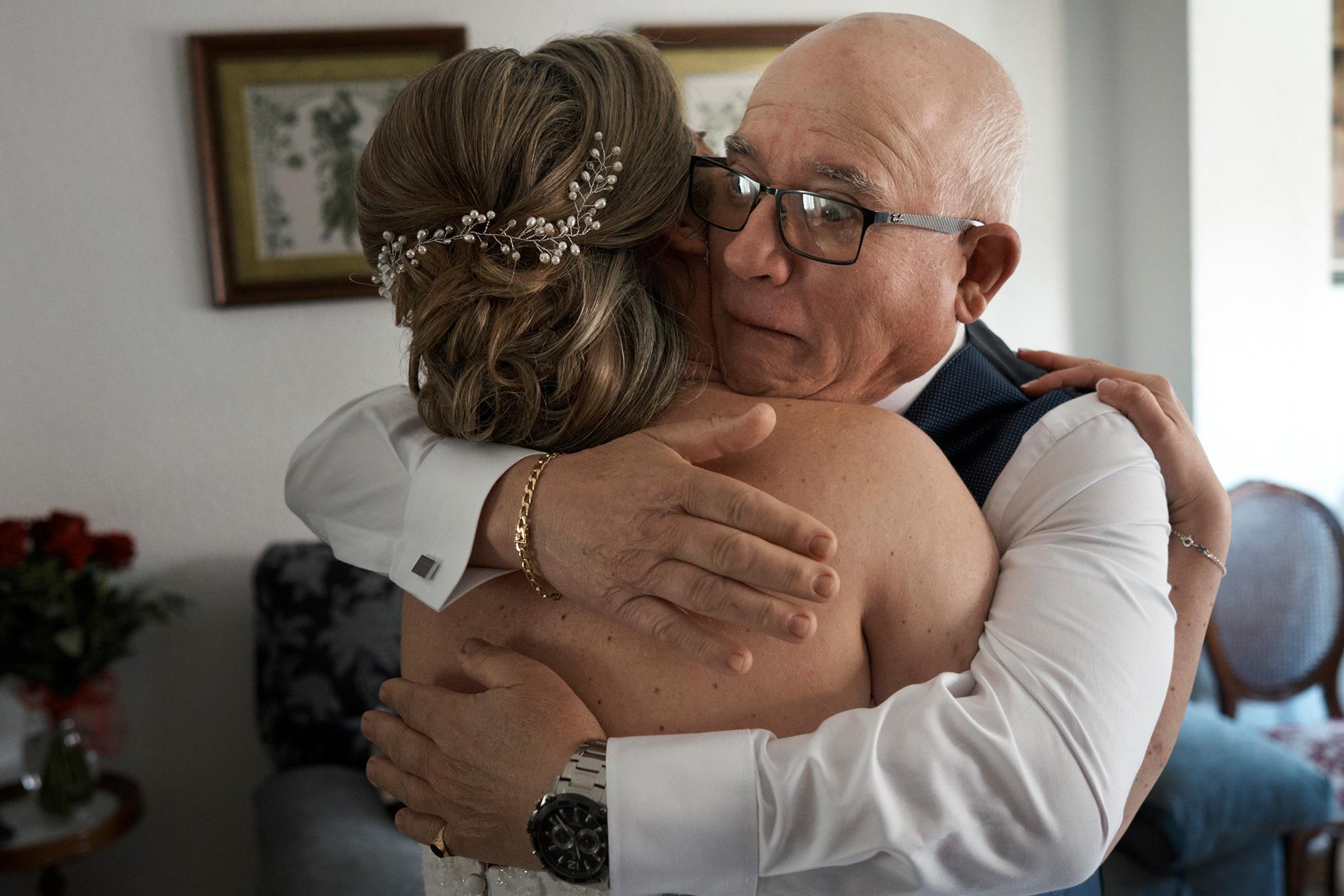
PLANNING AND PREPARATION
As much as I am there to document and react to the events around me, there is a lot of planning involved. I need to know the order of the day, meet the family members, and of course it is essential that I am respectful to the ceremony and the people around me. I try to plan as much as I can in advance so that I merge in to the surroundings and don’t get in the way of the day’s festivities. However, despite all the planning you may have thought of, there is always an unexpected element and the more prepared you are, the more successfully you can react to those unforeseen events.
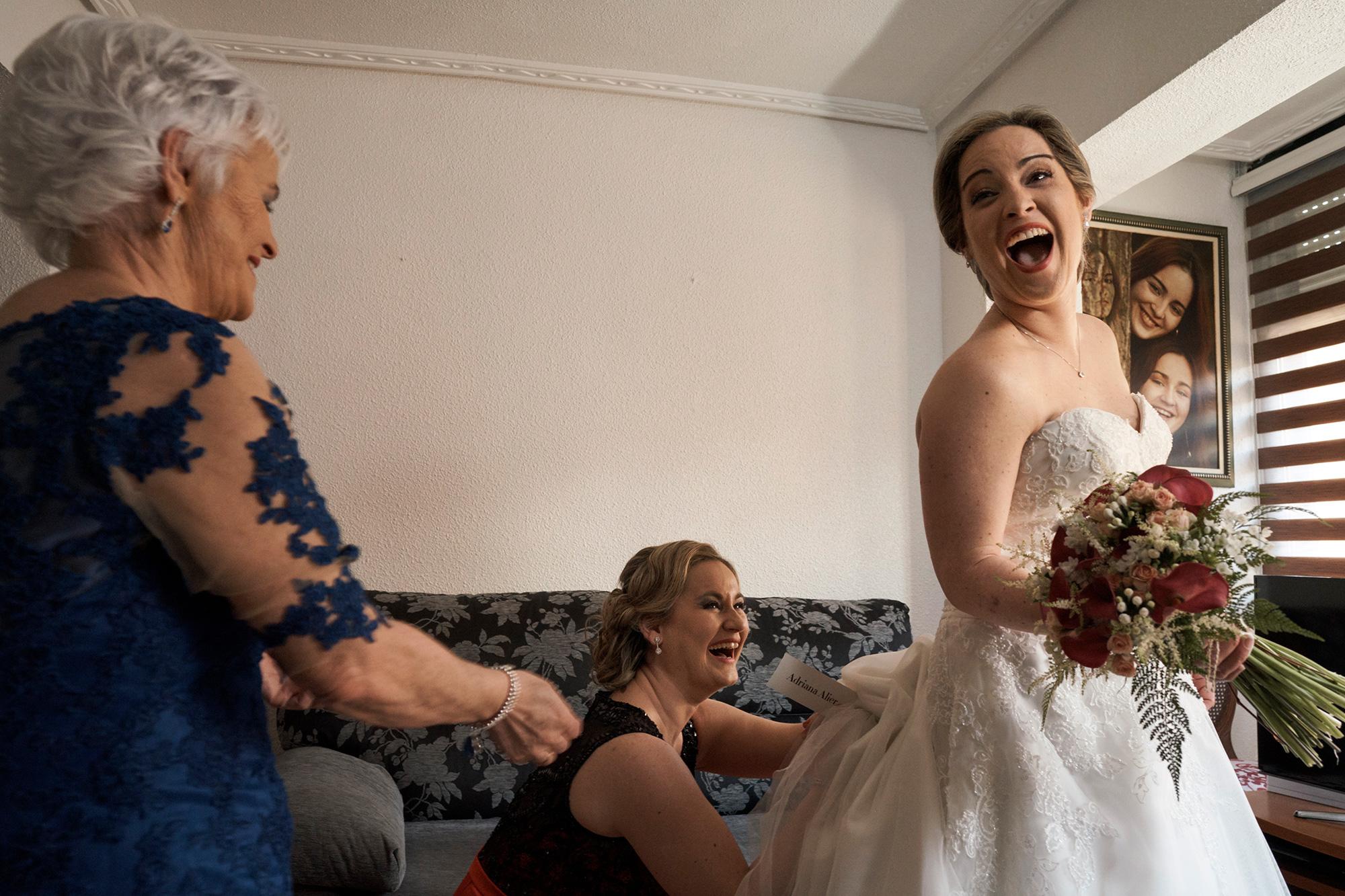
A NEW PERSPECTIVE
With every new wedding and venue there are new opportunities that allow you to feature a different perspective. For example, I will often talk to the DJ to find out what the bride and groom have prepared for their first dance, in case there is something special planned at the end, like an explosion of confetti. Once I have this information, I can start to work out how to light the room, and where to position myself to capture that moment.
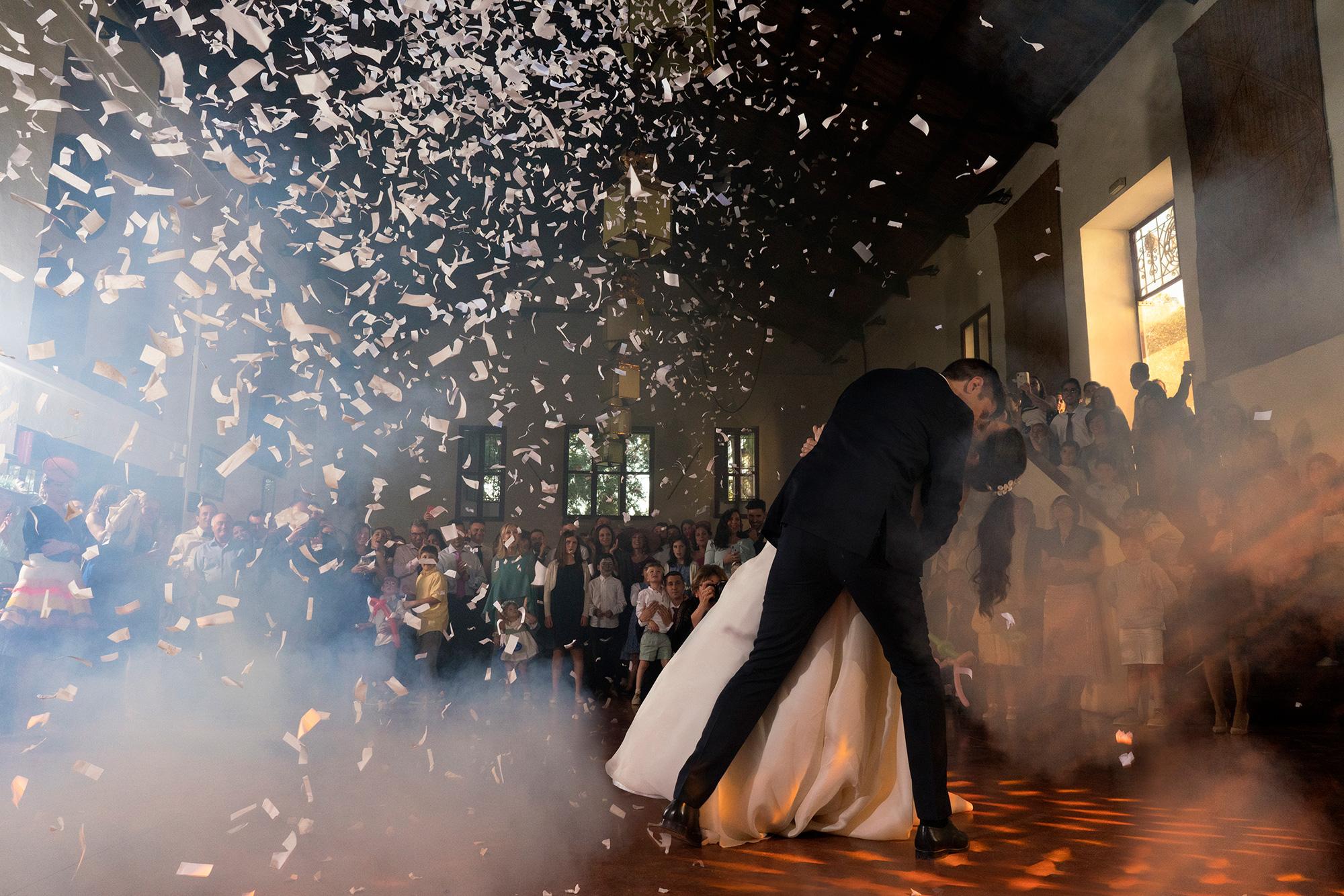
At other times, something I’ve spotted may provide me with a new idea. At a recent wedding, I looked over a balcony and saw something painted on the street and I thought it would make an interesting photograph of the bride. I then set up the tiny Sony RX0 and using my smartphone with the remote shooting option of the Sony Imaging Edge app, I was able to capture that image, whilst still being positioned to photograph the more conventional exit of the couple. I am always looking for interesting alternative views that will add to the story.
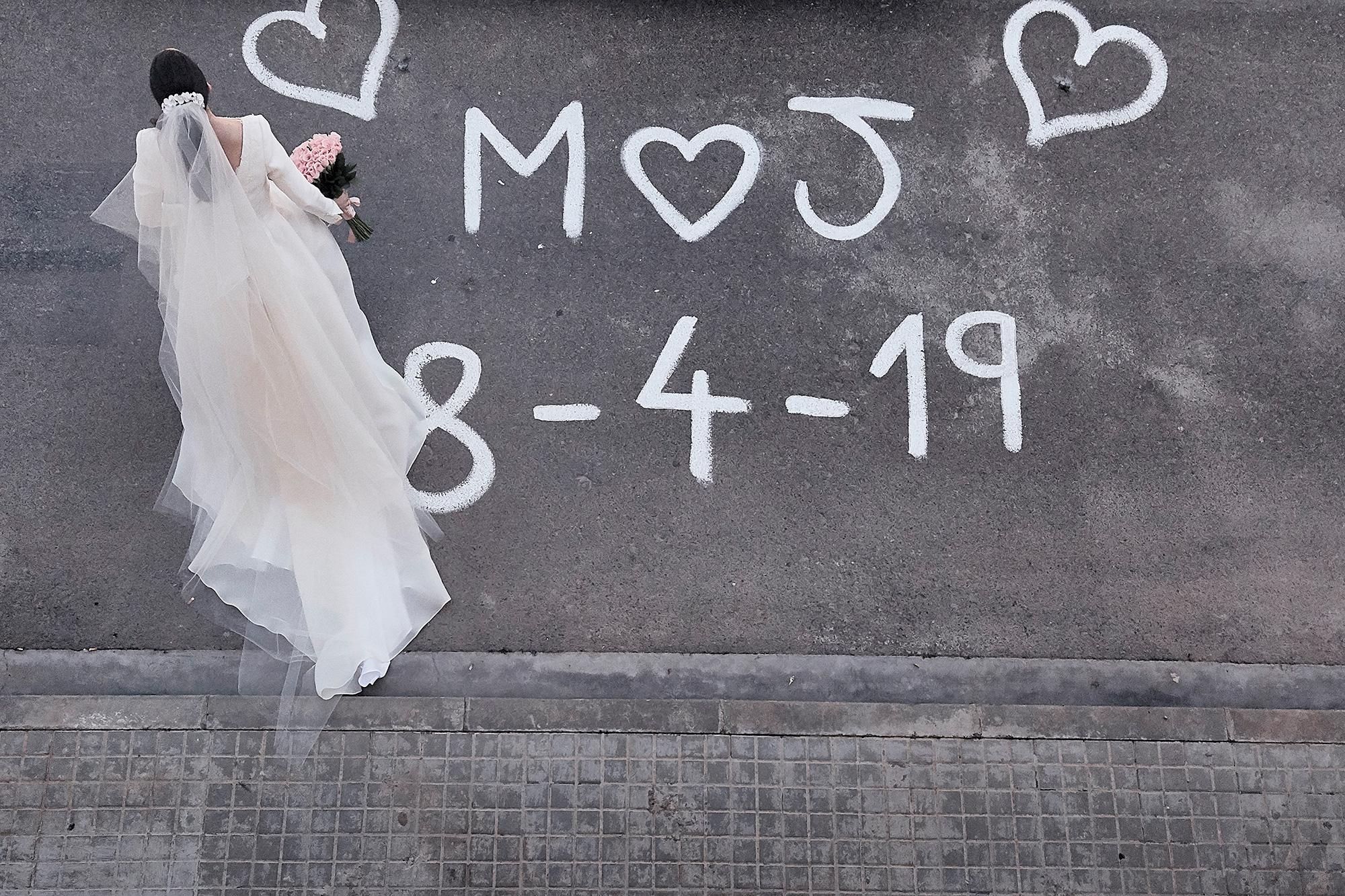
KNOW YOUR KIT
It is vital to know how to use your camera to make the best of each situation. I currently use two Sony α 7R III cameras. A wedding is a long day of photography, and when I get tired the lightweight is crucial for me. One of the features I love about the α7R III is the electronic viewfinder. It has changed the way I expose my images as I now almost always use manual exposure. Because I can see the result that I am going to get live through the viewfinder I find it faster to manually adjust the exposure as needed. No matter how difficult the lighting situation is I can quickly adjust to it. I never have any problems shooting with the α7R III in low light conditions.
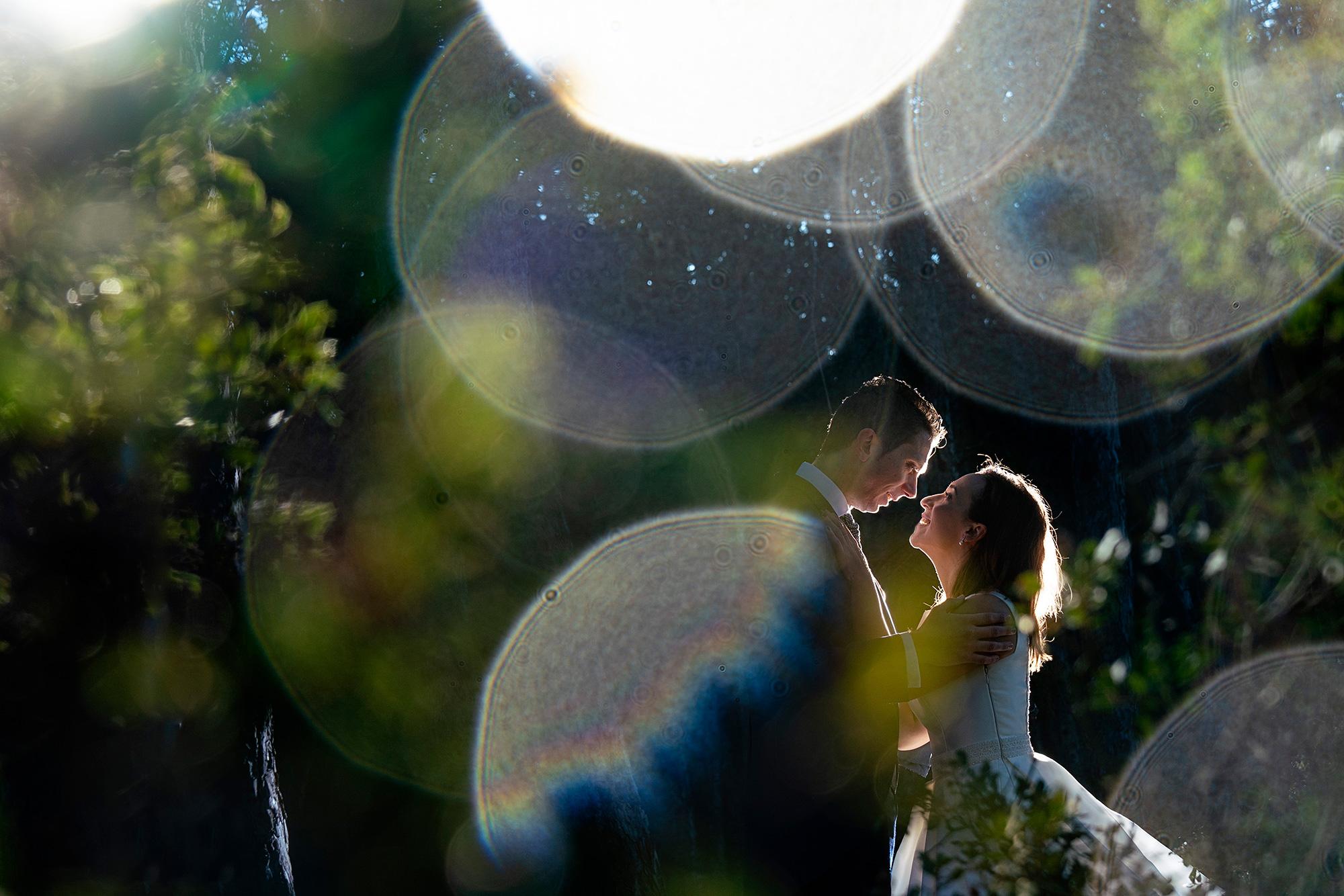
FOCUS ON WHAT HAPPENS
The eye is the most important part of any image with a person in it. With this in mind I usually use continuous autofocus mode and combine this with the Eye AF mode. This enables me to make sure that the subject’s eye is pin sharp in every image. Mounted to my cameras are the Zeiss Batis 25mm f/2 lens and Sony FE 55mm f/1.8 ZA lenses, and I also carry a Sony FE 12-24mm f/4 G lens in my bag. The 25mm and 55mm provide me with a good standard field of view, but the wide-angle 12-24mm lens is incredible. It is very light and enables me to get really close to the subject. Being close and wide is often needed as there simply may not be enough room to move further back, or you may want to fill the frame with a small detail, to add a point of interest. As much as possible I like to get the image perfectly framed inside the camera when I take the shot, but this isn’t always possible. Perhaps I didn’t have time to get as close as I wanted or I was further away so as not to interrupt a moment. However, none of this is an issue as the Sony α7R III and its 42.4 megapixel full frame sensor offers me the resolution and detail I need to crop without fear.
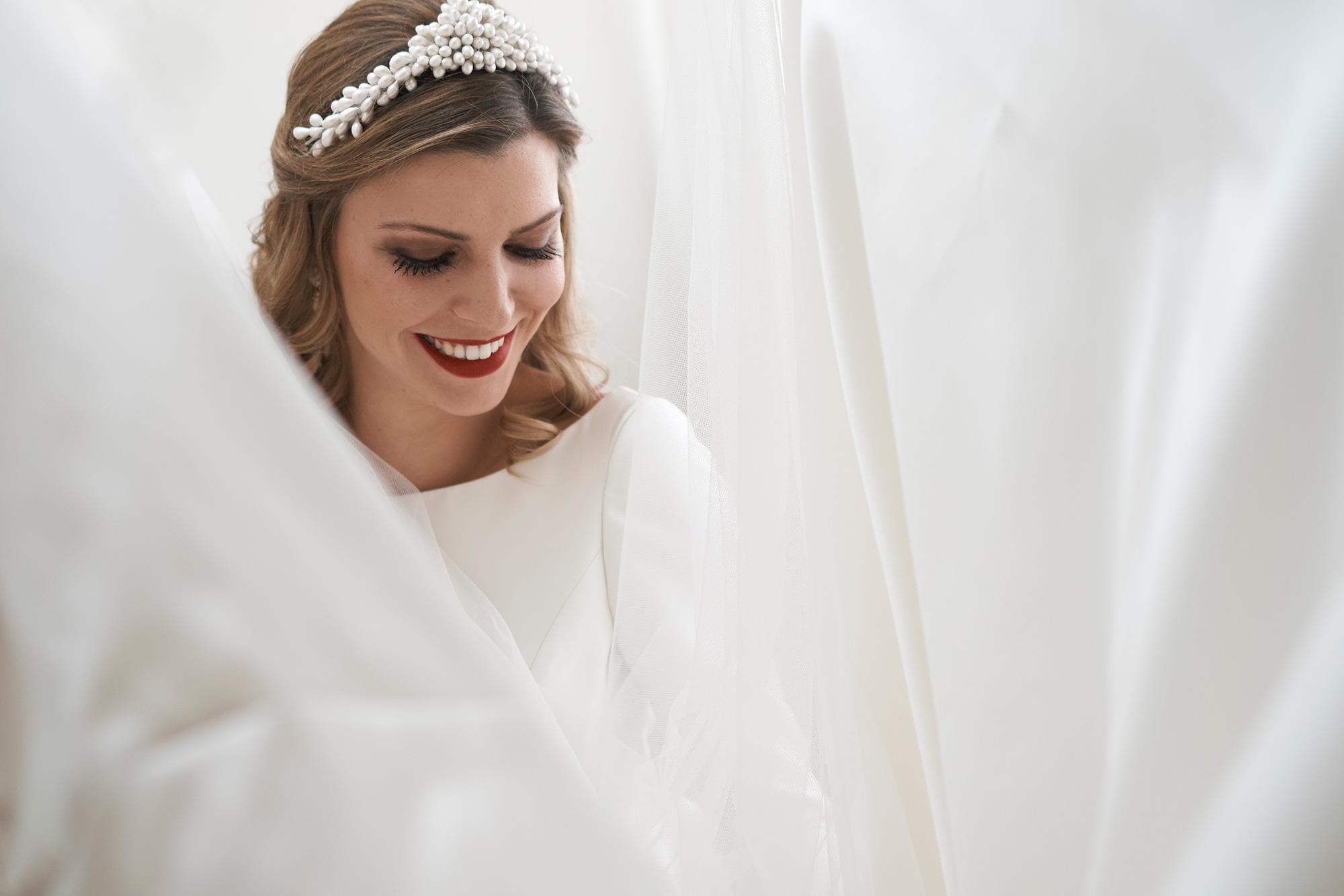
KEEP LEARNING
Above all it is important to never stop learning and practicing your art. Photography should be a passion, a passion for trying to tell a story from your point of view. The key is to keep discovering - discovering techniques, discovering authors, setting your own tasks, and your own limitations, and resolving problems with the fewest possible resources. With photography you never stop learning, because your perspective changes every minute, and that perspective becomes more personal and wiser.
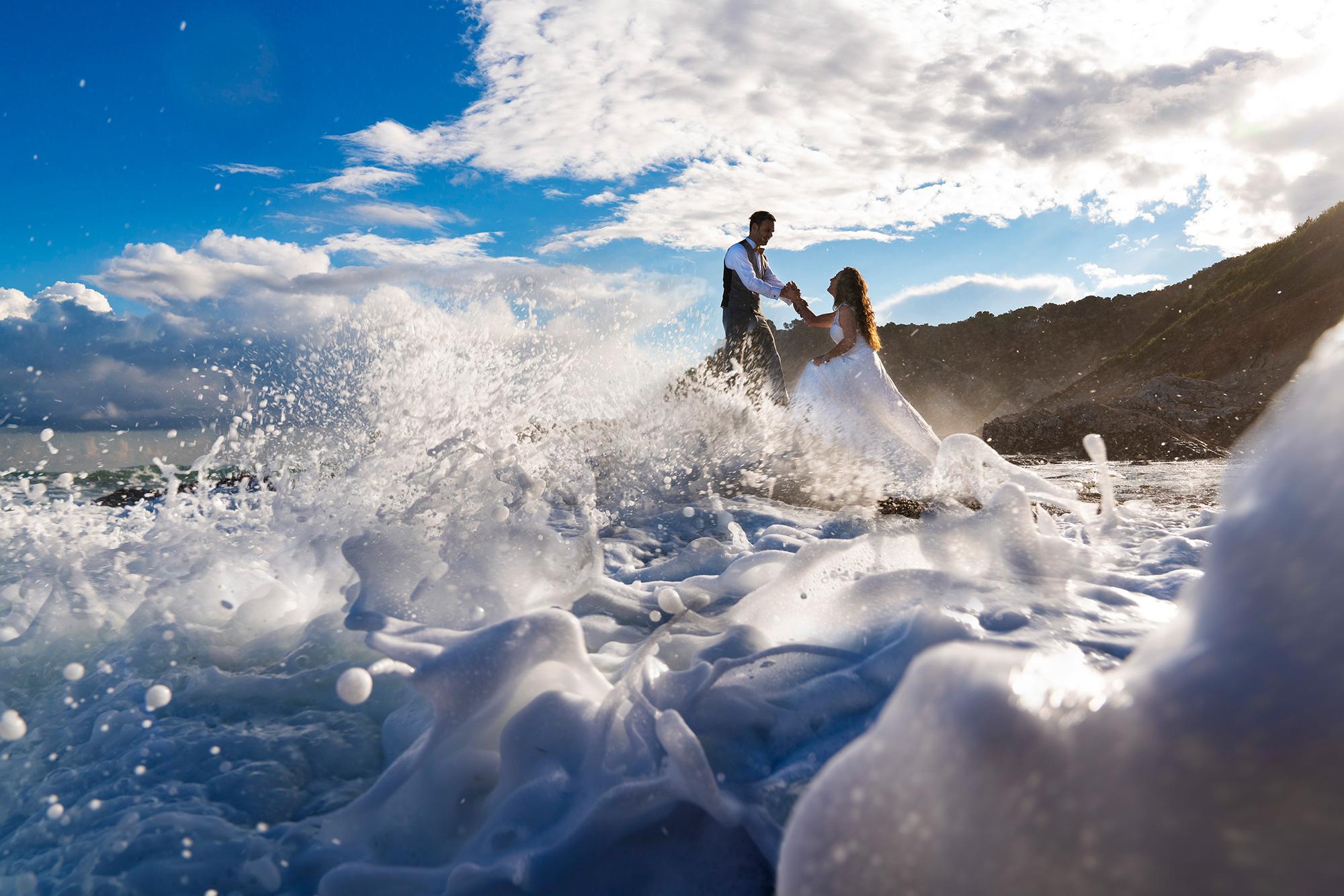
KIT USED
• Sony α7R III
• Sony RX0
• FE 24-70mm f/2.8 GM
• FE 55mm f/1.8 ZA






